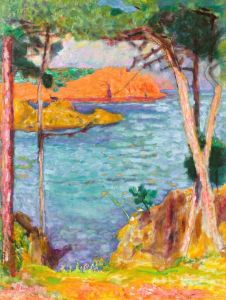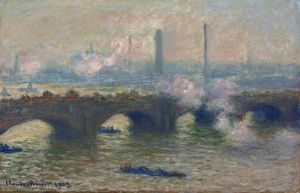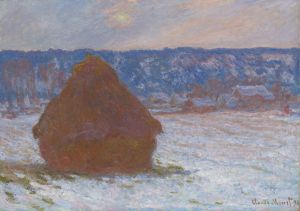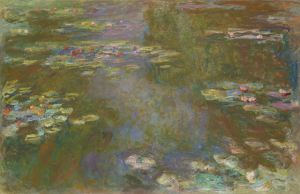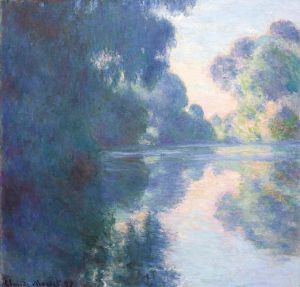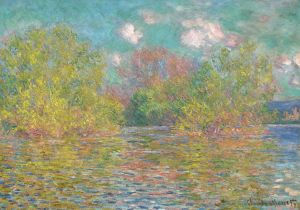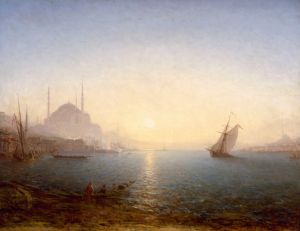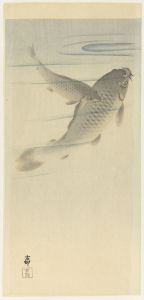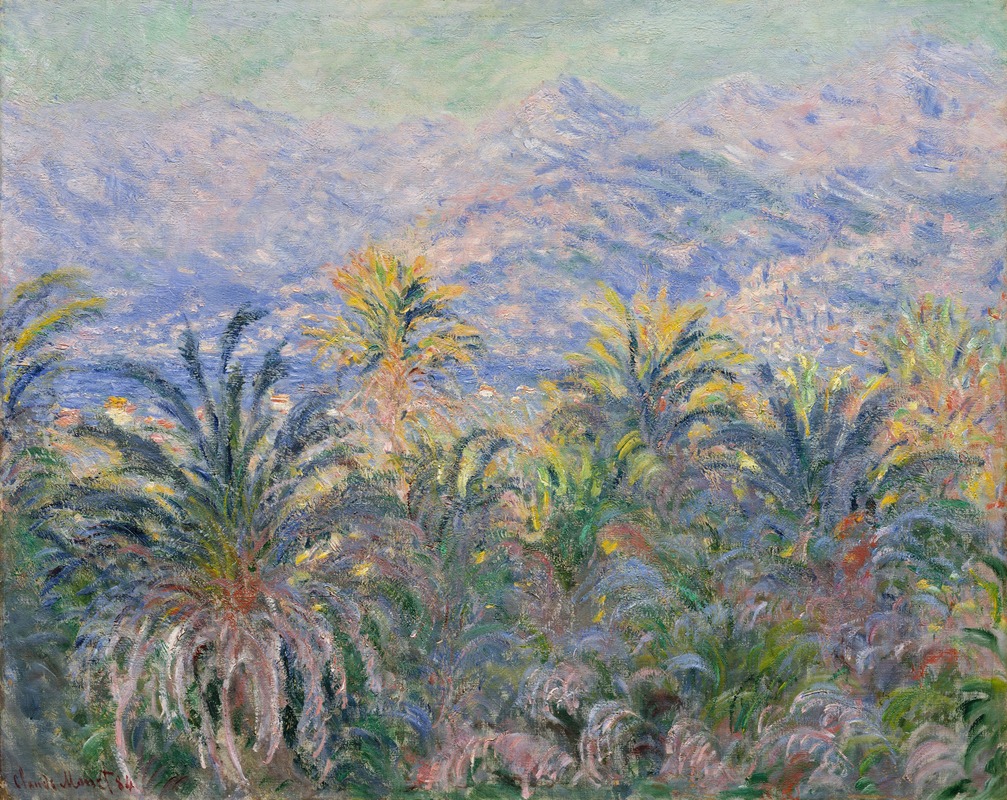
Palm Trees at Bordighera
A hand-painted replica of Claude Monet’s masterpiece Palm Trees at Bordighera, meticulously crafted by professional artists to capture the true essence of the original. Each piece is created with museum-quality canvas and rare mineral pigments, carefully painted by experienced artists with delicate brushstrokes and rich, layered colors to perfectly recreate the texture of the original artwork. Unlike machine-printed reproductions, this hand-painted version brings the painting to life, infused with the artist’s emotions and skill in every stroke. Whether for personal collection or home decoration, it instantly elevates the artistic atmosphere of any space.
Palm Trees at Bordighera is an oil painting created by the French Impressionist artist Claude Monet in 1884. This artwork is part of a series of paintings Monet produced during his trip to the Italian Riviera, specifically in the town of Bordighera, located in the Liguria region of Italy. Monet visited Bordighera in January 1884 and stayed for several weeks, captivated by the Mediterranean landscape, vibrant light, and lush vegetation.
The painting depicts a grove of palm trees, a subject that was relatively unusual for Monet, who is more commonly associated with scenes of gardens, water lilies, and rural landscapes in France. In this work, Monet captures the exotic and sunlit atmosphere of the Italian Riviera, emphasizing the interplay of light and shadow among the palm fronds. The composition is characterized by loose, dynamic brushstrokes and a vivid color palette, hallmarks of the Impressionist style. The use of bright greens, blues, and yellows conveys the warmth and vitality of the Mediterranean environment.
Monet's trip to Bordighera was part of his broader exploration of different landscapes and climates, as he sought to expand his artistic repertoire and challenge himself with new visual experiences. During his stay, he painted numerous views of the town, its gardens, and the surrounding countryside. These works reflect his fascination with the unique quality of light in the region and his ability to translate it onto canvas.
The painting is now housed in the Art Institute of Chicago, where it is part of the museum's extensive collection of Impressionist art. It is considered an important example of Monet's ability to adapt his Impressionist techniques to diverse settings and subjects. "Palm Trees at Bordighera" offers viewers a glimpse into Monet's artistic response to the Mediterranean landscape and his continued experimentation with color, light, and texture.
This artwork remains a testament to Monet's versatility as an artist and his dedication to capturing the fleeting effects of light and atmosphere, even in unfamiliar and challenging environments.





